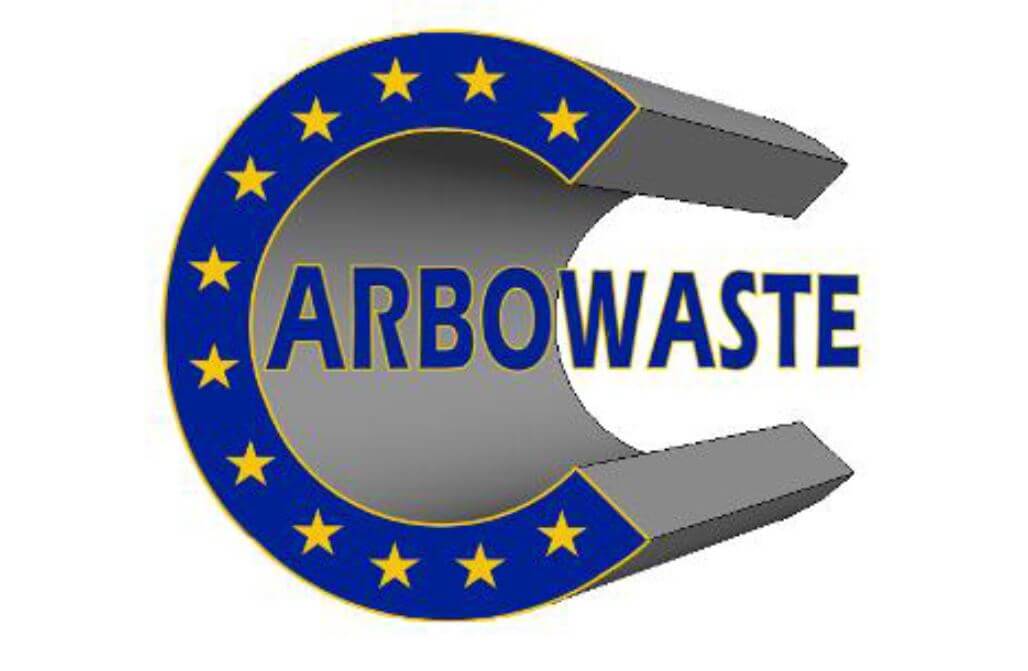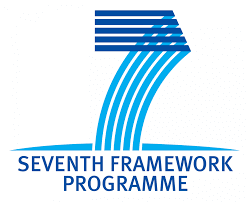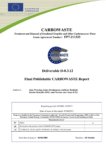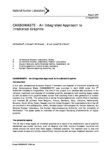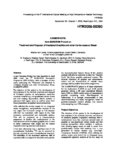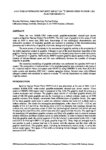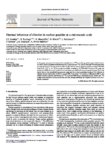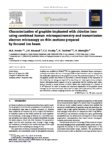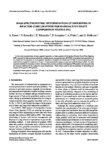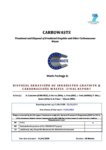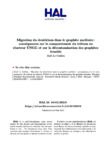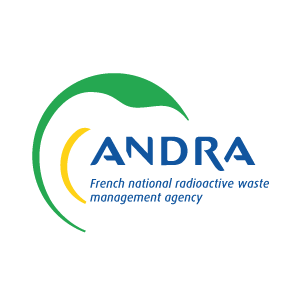CARBOWASTE: Treatment and Disposal of Irradiated Graphite and Other Carbonaceous Waste
The five-year long CARBOWASTE programme focused on the development of guidelines to support the retrieval, treatment and disposal of irradiated graphite. Research undertaken as part of this project led to the development of techniques for separating the coated particles from the moderator graphite of high-temperature reactor fuel as well as the identification of thermal, chemical or microbiological treatments that can get rid of a significant proportion of the contamination. Overall, it was concluded that irradiated graphite waste can be safely disposed of in a wide range of disposal systems.
Overview
Project Dates: 1/04/2008 – 31/03/2013
Project Status: Finished
Project Website: www.carbowaste.eu
The CARBOWASTE programme focused on the development of integrated guidelines, outlining the best-available and most environmentally acceptable technologies for the retrieval, treatment and disposal of irradiated graphite. Many reactor designs make use of graphite as a moderator of the fuel as well as for structures in the core and/or thermal columns. During operation, the graphite and other carbonaceous materials like carbon bricks, pyrocarbon and silicon carbide coatings are contaminated by fission products and neutron activation. These irradiated carbonaceous wastes are problematic due to their content of long-lived radioisotopes (e.g. 14C, 36Cl) and their large volumes. This project targeted both legacy irradiated carbon waste and waste that will be produced by future generations of reactors. The assimilation of the key findings from CARBOWASTE into a coherent, integrated approach for the management of irradiated graphite wastes may lead to the development of appropriate graphite management methods to meet specific national requirements.
Among CARBOWASTE’s achievements was the development of techniques for separating the coated particles from the moderator graphite of high-temperature reactor fuel. CARBOWASTE discovered that thermal, chemical or microbiological treatment can get rid of a significant proportion of the contamination. The project also investigated the possible reuse of this purified material. A sufficient understanding of irradiated graphite has been generated to conclude, with confidence, that irradiated graphite waste can be safely disposed of in a wide range of disposal systems.
The CARBOWASTE consortium brought together 30 partners with complementary multi-disciplinary scientific and industrial backgrounds, with partner organisations from 10 European countries plus JRC and South Africa. The CARBOWASTE consortium included partners from:
- nuclear industries (AMEC NNC, AREVA NP, Doosan Babcock, PBMR)
- waste management companies (Bradtec, Studsvik)
- utilities (EDF)
- graphite manufacturers (GrafTech, SGL-Carbon)
- waste management authorities (ANDRA, NDA, ENRESA)
- research (CEA, CIEMAT, ENEA, FI, FZJ, INR, JRC, LEI, NNL, NRG, SCK•CEN, NECSA)
- universities (EMN, CNRS-ENS, IPNL, The University of Manchester)
CARBOWASTE was a collaborative project that received funding from the European Union’s Seventh Framework Programme for research, technological development and demonstration.
Objective
The objective of this project was the development of best practices in the retrieval, treatment and disposal of irradiated graphite including other irradiated carbonaceous waste like structural material made of graphite or non-graphitised carbon bricks and fuel coatings (pyrocarbon, silicon carbide). It addressed both existing legacy waste as well as waste from graphite-based nuclear fuel resulting from a new generation of fission or fusion reactors. After defining the various targets (end points) for an integrated waste management approach, an analysis of the key stages of the road map (i.e. from in-reactor storage to final disposal) was undertaken with regard to the most economic, environmental and sustainable options. The methodological approach employed will enable EU member states to support the selection of the most appropriate options to meet their specific criteria and considerations. Emphasis has therefore been given to legacy irradiated graphite as this currently represents a significant problem that will have to be addressed in the short to medium term.
At the time this project commenced, some EU member states and other countries had begun to evaluate strategies and develop options for the identification, retrieval, treatment and final disposal of this waste. It was important that this project took account of these and assimilated their considerations against appropriate end points. The project united organisations from most EU member states being faced with a need for irradiated carbonaceous waste management (GB, FR, LT, ES, IT, DE, BE, NL, SE, RO). It thus permitted the quantification of the magnitude of the problem and the identification of the most relevant grades and sources of irradiated carbonaceous waste.
The CARBOWASTE consortium regarded the unsatisfactory status in this waste disposal area as an opportunity to build upon previous work, to review technological advances and innovative ideas which have arisen in more recent years, and thus identify the most technologically appropriate, environmentally sustainable, and cost-effective procedures, at all stages in the treatment and disposal of all carbonaceous waste types.
Within this project, five principal investigations (Work Packages) were undertaken that ensured that the best-available and most environmentally acceptable technologies were identified:
- Work Package 1: an investigation into integrated waste management approaches and their compatibility with ecological, economic and socio-political requirements;
- Work Package 2: an investigation into retrieval procedures which might affect the nature of the waste (e.g. wet or dry) as well as the radiological and core integrity effects of retrieval over a range of time horizons. Methodologies for separation of coated particles from the fuel matrix, in the special case of spent fuel from very/high-temperature reactors, was also considered;
- Work Packages 3 and 4: an investigation into the characterisation and identification of suitable treatments for removal of volatile and long-lived radioactive contamination in carbonaceous wastes. This was associated with in-depth scientific investigations on microstructures and a focus on localisation of contamination including related analytical modelling;
- Work Package 5: an investigation focusing on the elaboration of appropriate options for re-use and recycling of the graphitic materials, together with an assessment of alternative options to bulk disposal in repositories;
- Work Package 6: investigations and further research and analysis focused on the disposal behaviour of irradiated carbonaceous wastes.
These activities were accompanied by a qualitative economic analysis and an assessment of their environmental impact (via multiple criteria decision analysis for all selected processes and comparison against actual best practices taken as reference cases).

